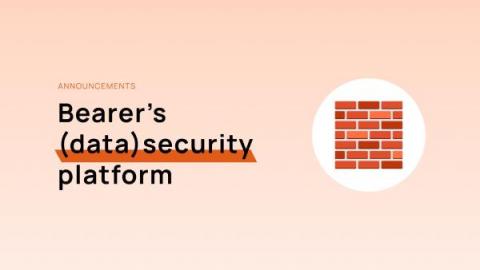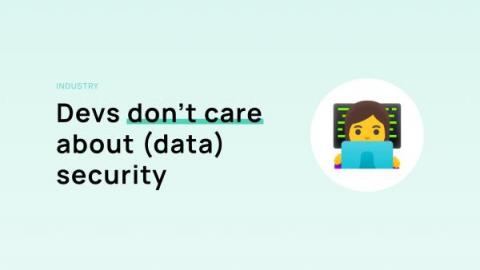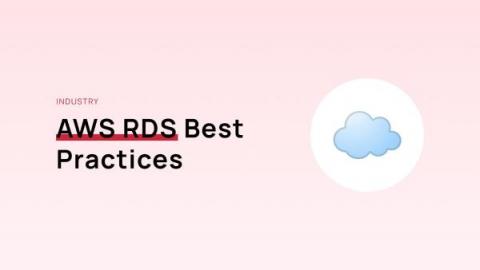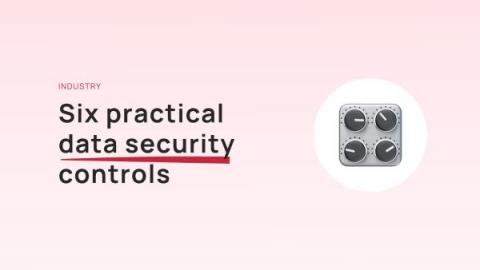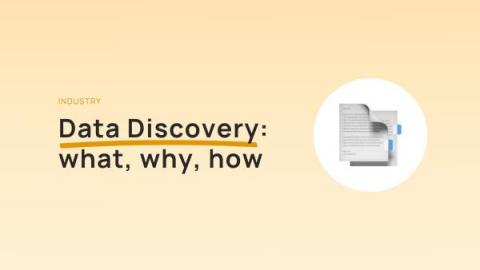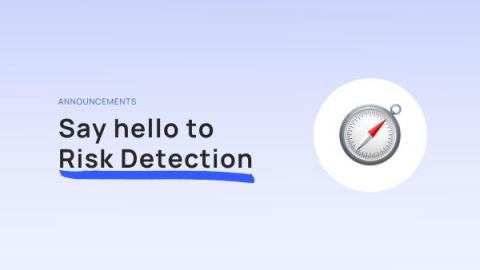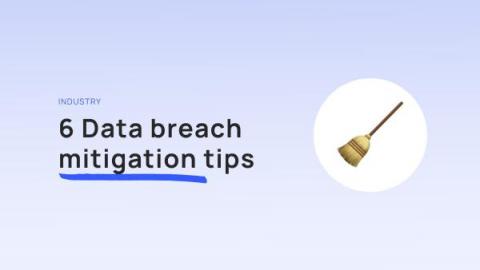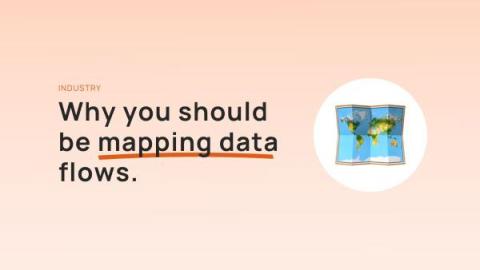Bearer's data-first security platform
Now is the time to rethink how you manage data security. We’ve discussed the potential for breaches, financial ramifications, and loss of business in the past. These get your attention, but we’re well beyond that. No company is immune to these risks anymore. It’s the “how” that trips people up. How do you account for every line of code? How do you keep tabs on third parties? How do you ensure security teams aren’t in the way of developers?


